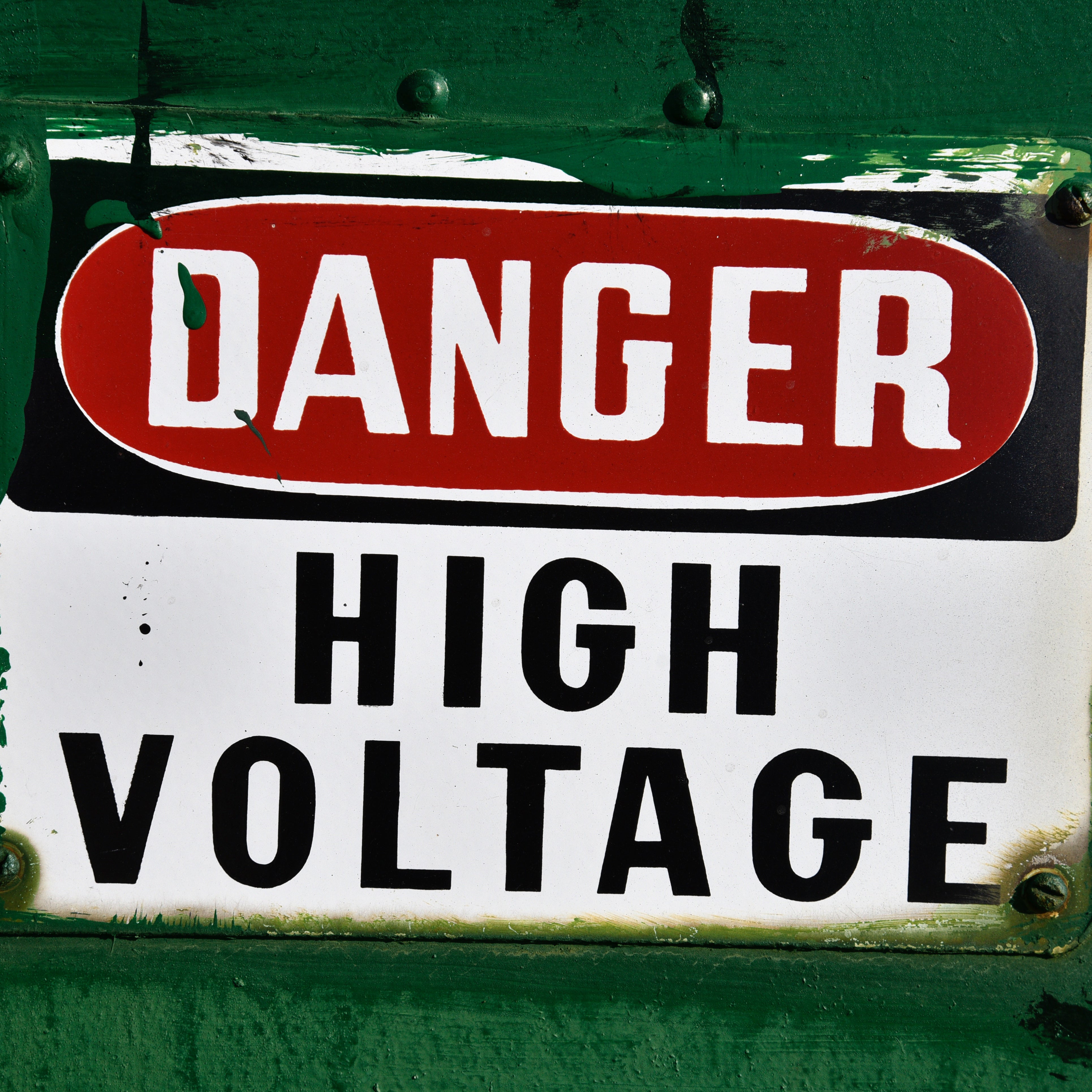In recent years, society, business and lawmakers have tended to measure sustainability efforts according to rates of recycling. While it has been a welcome shift away from a throw-away culture, such thinking is not sufficient. Recycling does not represent the apex of waste management and should no longer be viewed as such. Many organisations have capitalised on this by using their recycling efforts as a point of marketing. In some cases, the result is greenwashing, while in others these organisations are simply providing an answer to a society who sets the environmental standard too low. Luckily, in recent time, we have seen the rise of more holistic approaches such as circular economies and life-cycle analysis which look at the overall environmental impact of resource usage. For many years, there has been a waste management hierarchy, illustrated as an inverted triangle (below), which provides direction on the most sustainable methods of waste management and clear criteria to consider when deciding what and how to consume.

Source: Environmental Protection Agency (Published prior to the influence of the wonderful Scott Pruitt)
Source Reduction and Reuse
Sitting at the top of the waste management hierarchy is source reduction and reuse. The most highly regarded method of waste management is to not create waste at all. Consumers are encouraged to scrutinise their need for goods and to only buy when absolutely necessary. Producers should look for ways to purposefully decrease inputs that go into the creation of products. Source reduction efforts include energy conservation, decreased use of virgin materials and the creation of less pollution and toxicity of waste. In practice, this may include packaging reduction, energy-efficient production and facilities, and the use of renewable energy sources.
Reuse is another powerful driver behind waste management. Products and packaging that can be reused will not end up in landfill or, at the very least, take longer to get there. For a model that is based reuse to be effective, products need to be high quality and durable.

Photo Cred: Jason Blackeye / Unsplash
Recycling and Composting
Where initial source reduction or reuse is not possible, the next preferred method is recycling or composting of organic matter. Recycling can be divided into two distinct categories: upcycling and downcycling. Upcycling falls between reuse and downcycling. It is the process of creatively adapting used or waste material to create a new product offering with a different value and context. The process achieves both waste reduction and higher resource efficiency through an extension of the life-cycle of materials. In essence it is converting low-value materials into high-value products and uses minimal energy in the process. Downcycling, on the other hand, is the industrial process of breaking down used or waste product and transforming it into new material. This process is not as desirable as upcycling because of the resources used in breaking down, and rebuilding, the materials. To achieve downcycling, resources such as energy and water are used. It is thus more sustainable to upcycle which does not use a process which requires materials to be broken down.
Composting is the diversion of organic waste such as garden trimmings and food waste from landfills. Once in landfill, the process by which organic waste breaks down produces large amounts of methane, a harmful greenhouse gas. Composting, thus, prevents the emission of these harmful gasses into the earth’s atmosphere.

Photo Cred: Alfonso Navarro / Unsplash
Waste-to-Energy
The third layer in the hierarchy is the process of capturing energy from trash. This is done through a wide variety of approaches, including incineration, pyrolisation, anaerobic, digestion, gasification and landfill gas recovery. For example, the process of pyrolysis has been used to create clean energy from old tires.
Treatment and Disposal
The final waste management option is disposal. Landfills are the most common approach to disposal, with the design, operation and end-of-life requirements strictly controlled. Despite being the least sustainable waste management option, we continue to see innovative ways to extract something positive from landfills. At many landfills, methane gas, generated by decaying organic matter, is captured for energy. Landfills are often repurposed once they have been completely filled, and used as parks or golf courses.

Photo Cred: Hamza Javaid / Unsplash
Conclusion
We have all heard the phrase, ‘reduce, reuse, recycle’. It encompasses part of the waste management hierarchy and encourages practices that minimise waste production. It is, however, important to understand in more depth what each phase of the waste management hierarchy looks like, and the impact it has on the earth. Educating ourselves empowers us to implement necessary changes in our daily life, and to use our collective power as consumers to put pressure on large corporations to do more. Once large organisations realise it is no longer acceptable to claim sustainability on products made from 0.1% recycled materials in a factory running on coal and huge amounts of water, they will be forced to change their model. It is only through both the micro and macro changes in behaviour that we will start to see positive changes to the environment.





